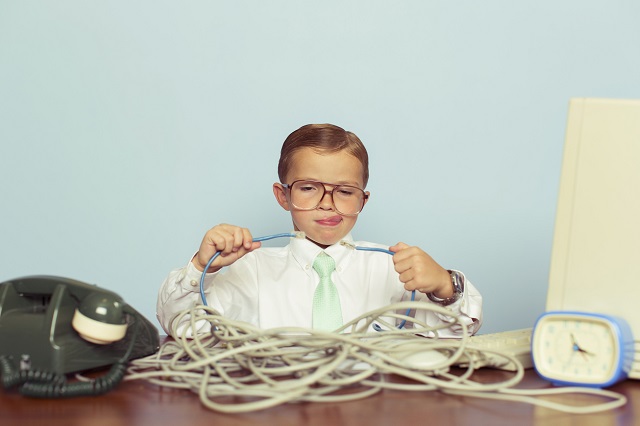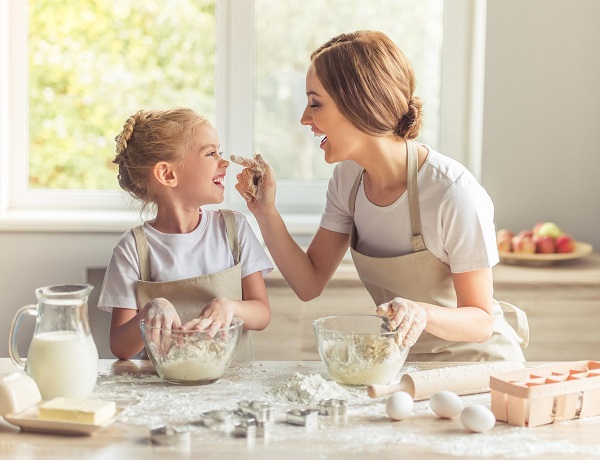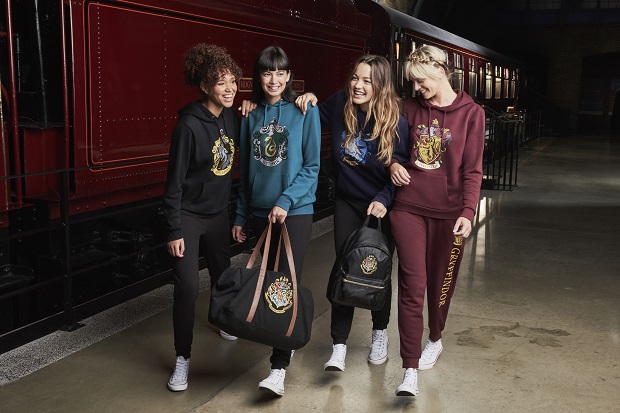We all like to think of our home as a safe haven for our little ones. Even so, at times we can become so focused on protecting our children from the dangers of the outside world that we forget, the home has the potential be the most hazardous place of all. According to the HSE, the majority of injuries in the 0-5 age group happen in the home and while everyone knows you can’t wrap your children in cotton wool, you can make sure these hazards make the top of your baby-proofing list!
Baby’s bath seat
The most dangerous thing about this bathtime accessory is that it gives parents a false sense of security, tempting them to take their eyes off their child, answer the phone or grab an item from the other room (just for a couple of seconds). A common occurrence with bath seats is that the suction pads at the bottom become undone, causing the seat to tip over and trapping a child under water. Bath seats and rings are only recommended as bath aids, not safety devices, and it’s advised that you stay with your child at all times while using one.
Handbags and briefcases
We don’t think of our handbag as a particularly hazardous place, yet, in our bags, we hold chemicals which if ingested by a child, could be dangerous. Be this perfume, makeup or those spare paracetamols, be careful where you sling your bag once you have curious toddlers crawling about. Not solely confined to handbags, briefcases, work bags or satchels too can contain serious choking hazards like pens, pen caps or USB drives.
Dishwashers
While everyone is ensuring their child is kept a safe distance from the hot cooker, many forget about the dangers of the dishwasher. Not only is this kitchen appliance filled with breakable objects and sharp cutlery but it’s also a magnet for harmful chemicals that your child could ingest. For toddlers, those colourful liquid tabs look an awful lot like tasty treats.
Cluttered crib
Who doesn’t want the Pinterest perfect crib, dawned with every teddy and cosy blanket imaginable? Yet, experts recommend that you banish the teddy bear and blankets and instead adopt the minimalistic look. Afterall, babies can easily become tangled in soft bedding and suffocate. It’s recommended that instead, you use a firm mattress with a securely fitted sheet, that won’t conform to your baby’s face should they roll over. Sleep sacks also provide adequate warmth while reducing the risk of injury.
Blinds and shades
The cords and strings attached to shades or blinds pose a major strangulation risk when it comes to infants. It is recommended that you do not place a crib in close proximity to a window, especially one that has blinds or shades of this kind. All cords, wires or strings should be tied up high and made inaccessible to toddlers. If a window shade has looped bead chains or nylon cords, tension devices should be installed to keep the cord taut.
Houseplants
Plants can be a great way to brighten the home and provide a number of benefits to family living. However, certain potted beauties can also pose a serious health risk to your child. Common household plants like peace lilies, devil’s ivy or arrowhead plant can cause symptoms like vomiting, inflammation and diarrhoea when ingested. Instead of placing these plants in floor pots, they can be kept in hanging baskets, away from curious hands and mouths.
Bookshelves and wardrobes
Any tall furniture that could tip over and land on a child or toddler should be considered dangerous. The best way to ensure this doesn’t happen is to secure bookshelves, wardrobes and flat-screen televisions firmly to the wall. While flat-screen televisions can be mounted to sturdy walls, furniture safety straps are an inexpensive purchase that will allow you to anchor your bookshelves and wardrobes in place.
Batteries
While we might find it a challenge to pry those batteries from the remote, it can be easy work for nimble fingers. While regular AAA batteries carry the risk of choking, button batteries used in watches, calculators or singing birthday cards, can be swallowed whole by children. Should this occur, it is possible for the small battery to become lodged in the oesophagus and burn a hole through its lining. If you suspect your child may have swallowed a button battery, contact emergency services immediately.
You can’t keep eyes on a wandering toddler 24/7 (they have more energy than us). However, you can take small steps to make your home a safer place. If an accident does occur in the home it might be handy to be informed of this recommended safety and first aid tips!
You can also read more on how to child-proof your home here or to view the HSE Child Safety Checklist, click here.
maternity&infant
Originally posted 2017-09-20 15:00:03.









